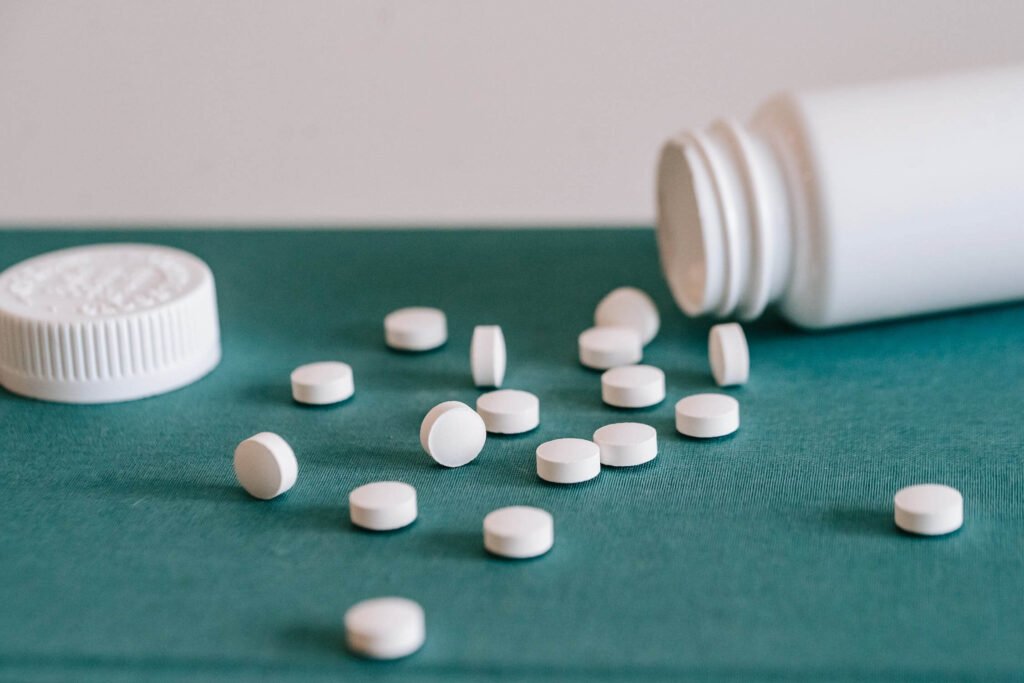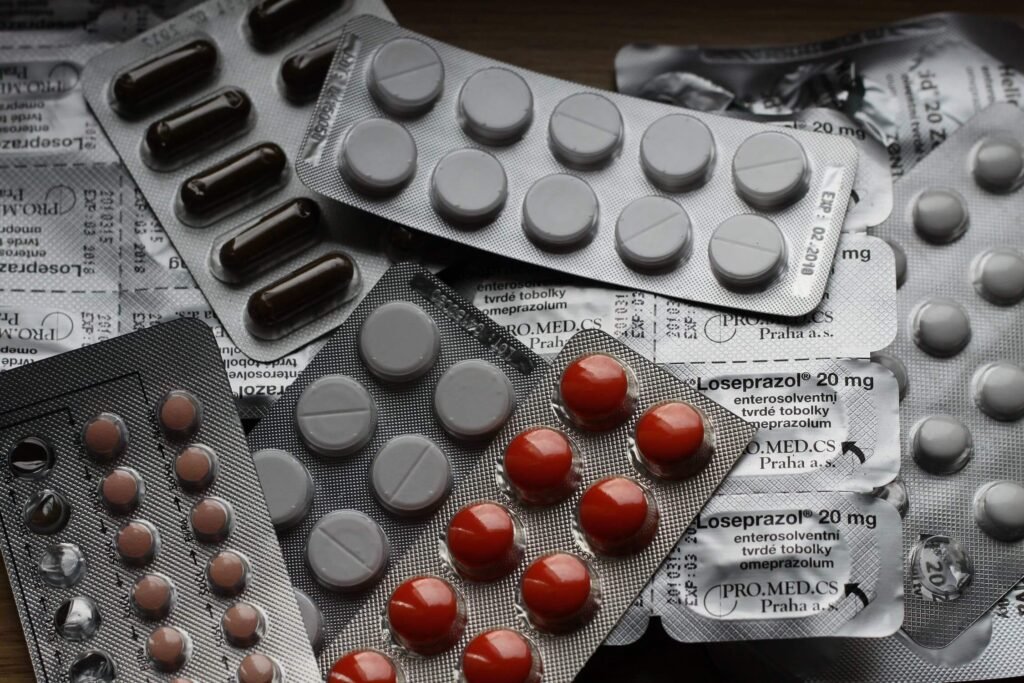
From blister packaging to RFID technologies, the pharmaceutical industry is constantly investing in research and development of new packaging solutions to improve the quality of life for patients. This article explores the latest innovations in pharmaceutical packaging that are improving the safety and efficacy of medications.
In recent years, the pharmaceutical industry has made significant strides in the research and development of technologies and innovations in product packaging. This has allowed for the improvement of medication safety, efficacy, and ease of use for patients.
One major breakthrough in pharmaceutical packaging is blister packaging, which offers a secure and effective solution for the distribution of medications, particularly those that require precise dosages. Blister packaging can be made from various materials such as PVC, aluminum, or PET, and can be easily sealed to ensure product freshness and safety.


Other innovative technologies in pharmaceutical packaging include single-dose sachets and child-resistant bottle caps. Single-dose sachets provide a convenient and portable alternative to traditional bottles, while child-resistant caps ensure that medications are protected from any accidental incidents at home.
Digital printing and laser coding are also important innovations in pharmaceutical packaging, as they allow for important information such as active ingredients, lot numbers, and expiration dates to be directly printed onto containers, making it easier for patients and healthcare professionals to identify products.
New packaging materials have also been developed to improve the stability of pharmaceutical products. These materials are designed to withstand extreme environmental conditions, such as humidity, light, and temperature, ensuring that medications remain stable and safe for use during transport and storage.
Finally, the use of Radio Frequency Identification (RFID) technology is becoming increasingly widespread in pharmaceutical packaging. This technology allows for realtime tracking of products during distribution and storage, ensuring that medications reach patients in the safest and most timely manner possible.
Overall, it is evident that research and development of technologies and innovations in packaging are essential in ensuring the safety and efficacy of pharmaceutical products.
These innovations allow the industry to provide high-quality solutions that improve the health and well-being of patients, making the future of the pharmaceutical sector increasingly promising.
